How to Bisect an Angle Step-by-Step in Geometry
Bisecting an angle might sound like a fancy term, but in essence, it's a simple yet powerful geometric technique. To bisect means to divide into two equal parts, and when applied to angles, it means splitting an angle into two angles with equal measures. Whether you're preparing for a geometry test or indulging in DIY craft projects, knowing how to bisect an angle can come in handy. In this guide, we will explore the art and science behind bisecting angles.

Step-by-step Guide: Bisecting an Angle
Tools Required:
- A straightedge or ruler.
- A compass.
- A pencil.
Procedure:
i. Setting the Stage: Draw an angle using your straightedge. Let’s name this angle \( \angle ABC \) with \(B\) as the vertex.
ii. Drawing the First Arc: Place the compass point on the vertex \(B\) and draw an arc that intersects both rays \(BA\) and \(BC\). Let these intersection points be \(D\) (on \(BA\)) and \(E\) (on \(BC\)).
iii. Drawing the Second Arc: Without changing the compass width, place its point on \(D\) and draw an arc inside \( \angle ABC \). Similarly, place the compass point on \(E\) and draw another arc to intersect the previous arc. Let’s call the point of intersection \(F\).
iv. Drawing the Bisector: Using your straightedge, draw a ray from vertex \(B\) through point \(F\). This ray \(BF\)will divide \( \angle ABC \) into two equal angles, \( \angle ABF \) and \( \angle CBF \), which are congruent.
Examples
Example 1:
A triangle \(ABC\) where you are asked to bisect \( \angle ABC \).
Solution:
Follow the steps above using vertex \(B\) as the angle’s vertex. Once bisected, the angle’s bisector can be used for various purposes, like constructing the incenter of the triangle.
Example 2:
You’re setting up a garden and want to plant two rows of flowers making a V-shape with a precise angle between them. However, you want to place a statue exactly in the middle of this ‘V’.
Solution:
By bisecting the angle between the two rows, you can determine the ideal spot to place the statue so that it’s equidistant from both rows.
Practice Questions:
- After bisecting \( \angle XYZ \), if \( \angle XYW = 40^\circ \), what’s the measure of \( \angle WYZ \)?
- Why is angle bisector important in the construction of the incenter of a triangle?
- If you bisect a right angle, what type of angles do you get?

Answers:
- Since \( \angle XYW \) is half of \( \angle XYZ \), \( \angle WYZ \) will also measure \(40^\circ\).
- The incenter of a triangle is the point where the angle bisectors of the triangle intersect. It’s equidistant from all the triangle’s sides. This equidistance property is crucial for inscribing a circle inside the triangle, known as the incircle.
- You get two acute angles, each measuring \(45^\circ\).
Related to This Article
More math articles
- 4th Grade AZMerit Math Worksheets: FREE & Printable
- 5th Grade MEAP Math Practice Test Questions
- How to Understand Random Sampling and Variation in Samples?
- Top 10 Free Websites for SHSAT Math Preparation
- 10 Most Common 4th Grade PSSA Math Questions
- The Ultimate 7th Grade KAP Math Course (+FREE Worksheets)
- Mastering the Midpoint & Distance on the Number Line
- Algebra Puzzle – Challenge 53
- Top 10 3rd Grade Common Core Math Practice Questions
- 4 Best Printers for Teachers in 2024



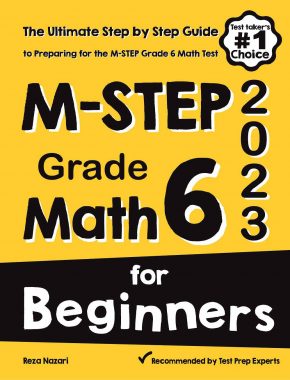






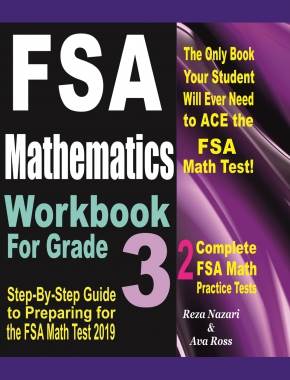

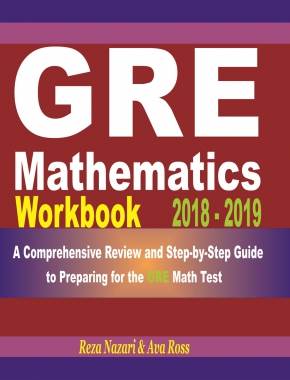
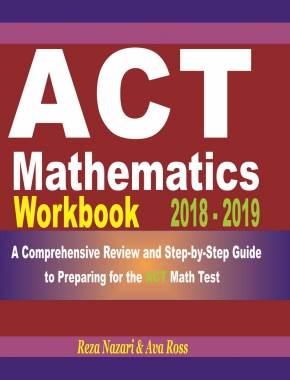
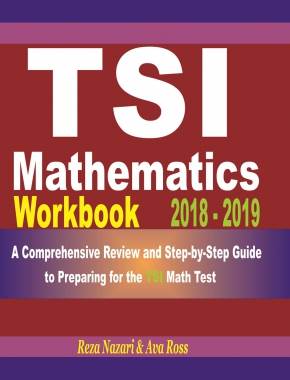










What people say about "How to Bisect an Angle Step-by-Step in Geometry - Effortless Math: We Help Students Learn to LOVE Mathematics"?
No one replied yet.